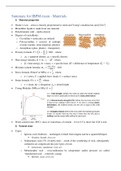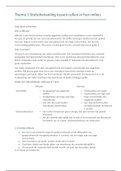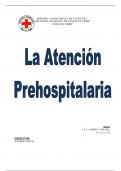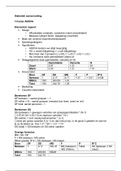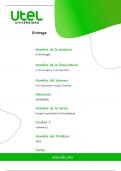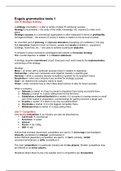Samenvatting
IBPM Summary 7S3X0 / 7B1B10
- Instelling
- Technische Universiteit Eindhoven (TUE)
This document contains both the summary of materials properties and the building physics part of this course. It is mainly focused on the lectures' content but also contains information from past exams.
[Meer zien]
